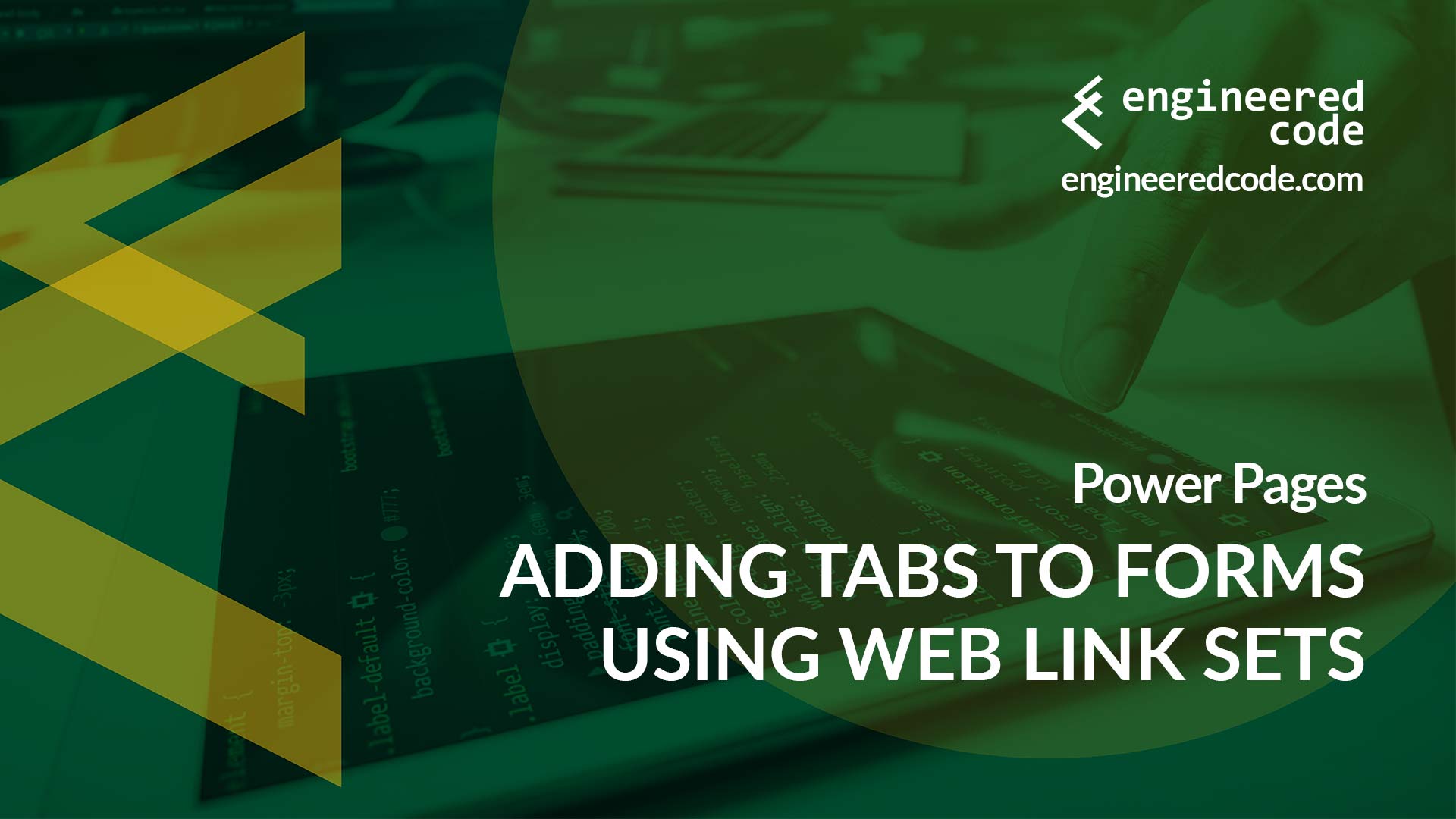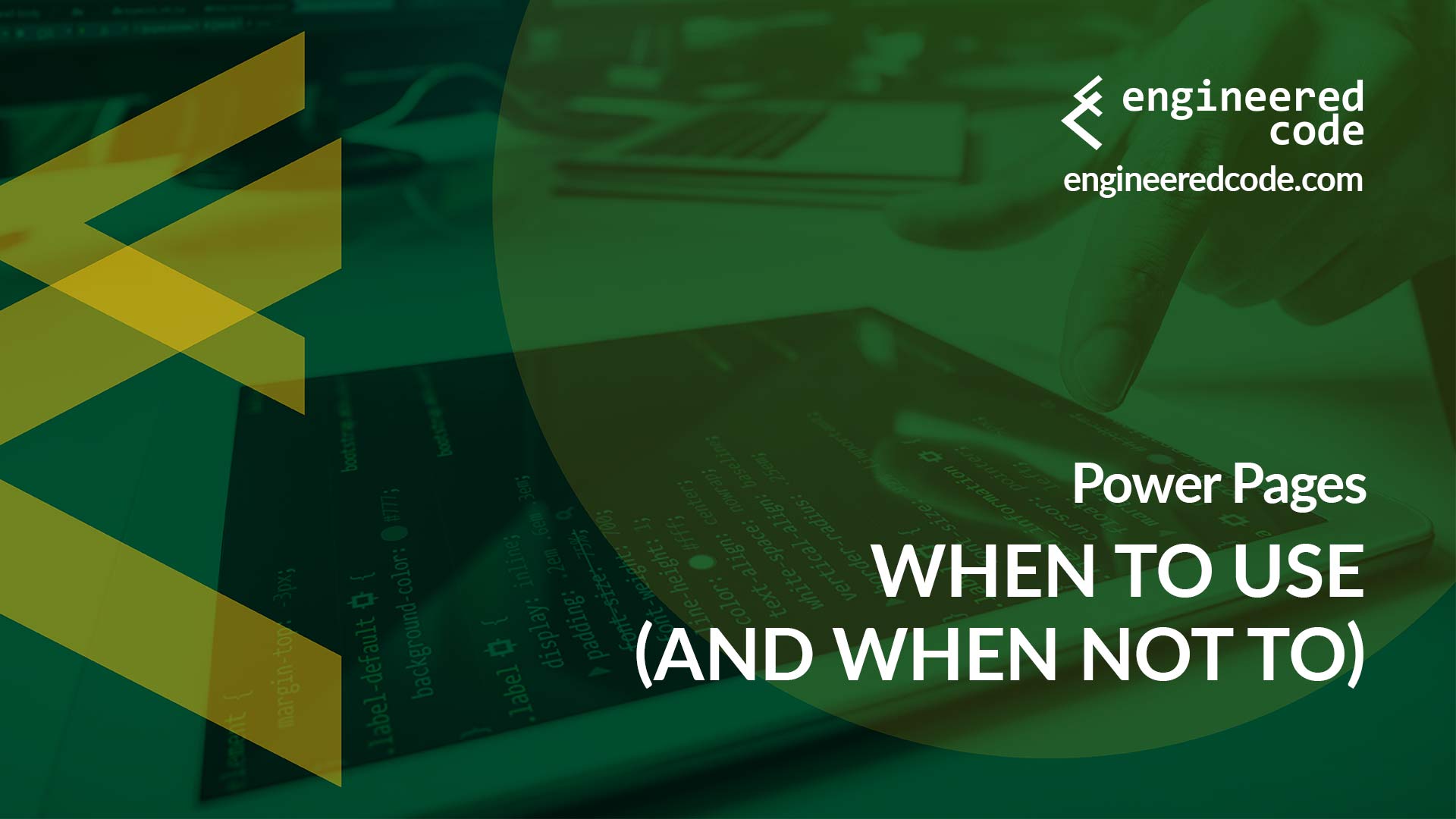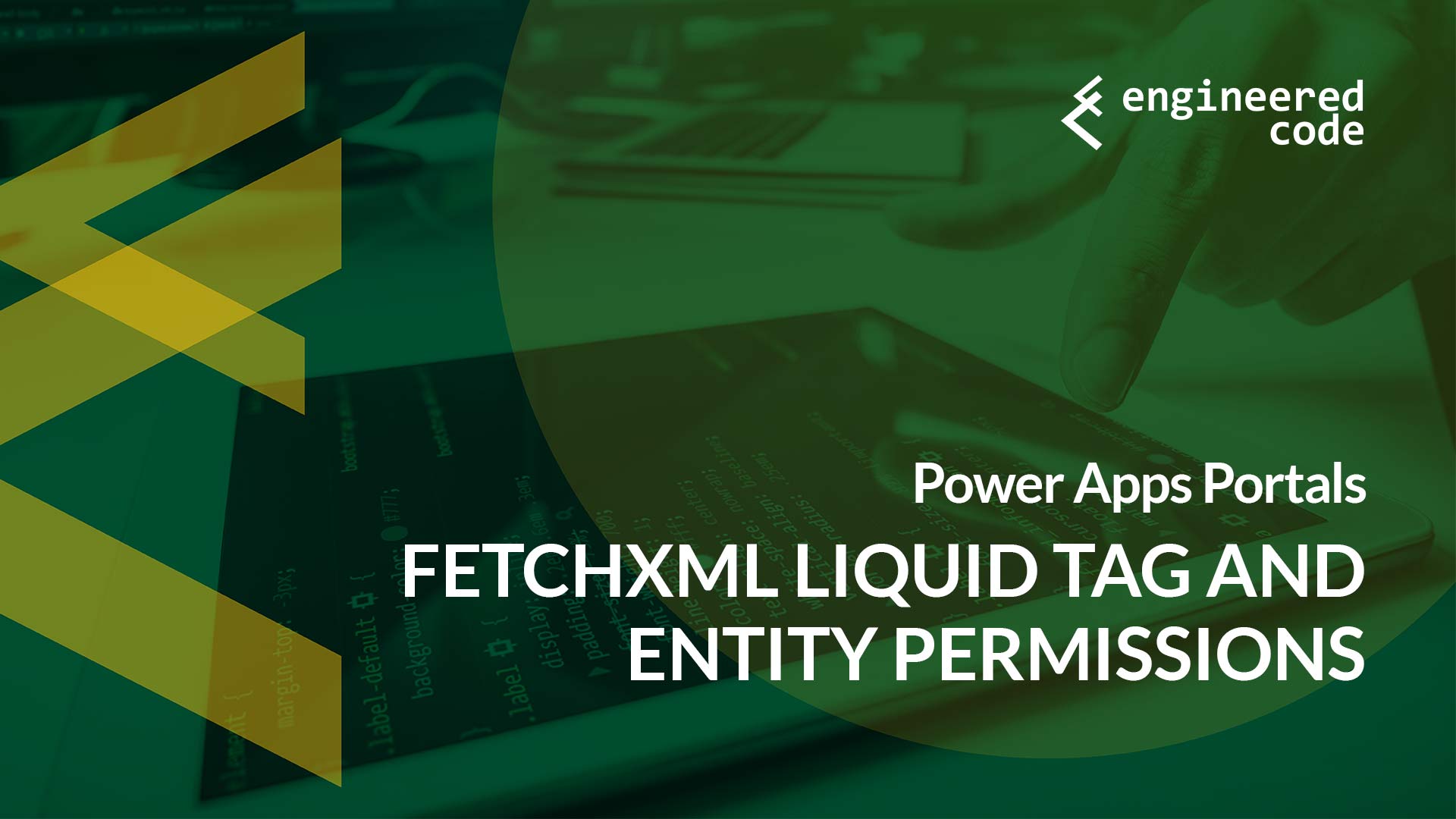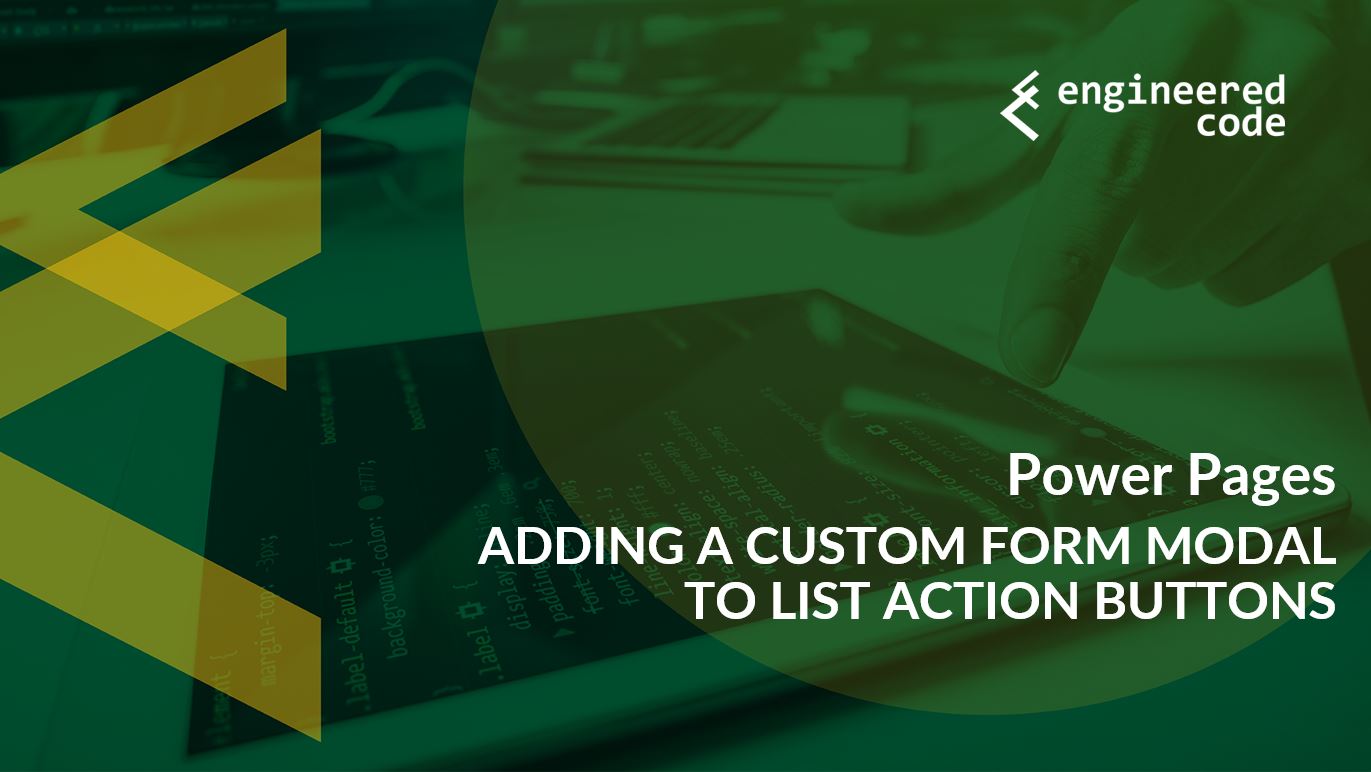Category: Liquid

Power Pages: Adding Tabs to Forms Using Web Link Sets
December 22, 2025 4 Min.To ReadMicrosoft has gone back and forth over the years with whether or not to display tabs in model-driven Power Apps or Dynamics 365 Customer Engagement. However, Power Pages has been consistent – there are no tabs, and all sections are displayed in one long form. In this post, we’ll look at how you can create your own tabbed interface using Web Link Sets.

Power Pages: Account Switcher
July 31, 2025 3 Min.To ReadDuring today’s Portals Community Call, I’m going to demonstrate some options for handing the situation where a contact may be related to multiple accounts. One option I’m presenting is to give the user the option to switch what account is their parent account. In this post, I’ll provide the code that I’m showing in the call.

Power Pages: Why Liquid and FetchXML Is Better Than Web API for Read Operations
February 24, 2025 4 Min.To ReadRecently someone commented on one of the videos on our YouTube channel asking why I usually recommend using Liquid and FetchXML for querying Dataverse as opposed to the Power Pages Web API. I responded with a quick answer, but I thought it might be helpful to put together something that goes into a bit more detail as to why I think there is still a place for Liquid and FetchXML.

The Journey to the Launch of ecLearn, an LMS for Dataverse
October 18, 2023 2 Min.To ReadIf you follow us on social media, hopefully you’ve seen that we at Engineered Code shared some exciting news this week. We announced ecLearn, a learning management system (LMS) built on top of Microsoft Dataverse. In this blog post I’m going to give you a bit of a glimpse into the ecLearn journey.
Popular Posts

Power Pages: When to Use (and When Not To)
March 6, 2023 5 Min.To ReadThe growth of Power Pages has been an amazing story. Since being acquired by Microsoft in 2015, the product has gone from a niche add-on for Dynamics 365 Customer Engagement to a full-fledged product in the Power Platform. The visibility that comes with getting equal billing to other Power Platform products like Power BI, Power Apps, and Power Automate means that new people are discovering Power Pages all of the time. However, as with any software product, Power Pages isn’t always a fit, even if your project fall under the category of low code web application development platforms. In this post, I will share what I look for when trying to determine if Power Pages is a fit for a given project.

PowerApps Portals: Liquid and JavaScript – Better Together!
October 31, 2019 4 Min.To ReadPowerApps Portals offers two primary languages for customization: JavaScript and Liquid. This leads to confusion as to which technology should be used when – I’ll try to clear up some of that confusion in this blog post, as well as demonstrate that is many cases, the best option is a combination of the two.

Power Apps Portals: fetchxml Liquid Tag and Entity Permissions
January 16, 2020 3 Min.To ReadThe fetchxml Liquid tag is arguably the most powerful Liquid tag in Power Apps Portals – it allows you to meet complex requirements for the display of data. But, if you combine it with a complex Entity Permissions model, you could find yourself getting unexpected errors. In this post I’ll cover what can cause those errors, and how to work around them.

Power Pages: Adding a Custom Form Modal to List Action Buttons
December 8, 2023 6 Min.To ReadRecently there was a comment on my blog Power Apps Portals: Related Entity as Source of Next Web Form Step about adding a custom Edit button to a list or subgrid. In this case, rather than editing the main row in the table, they wanted to edit a row that was related to the main row. If you want the edit form to pop up in a modal, it requires a bit of JavaScript. In this post, I’ll go through what you need to do in order to achieve this functionality.
